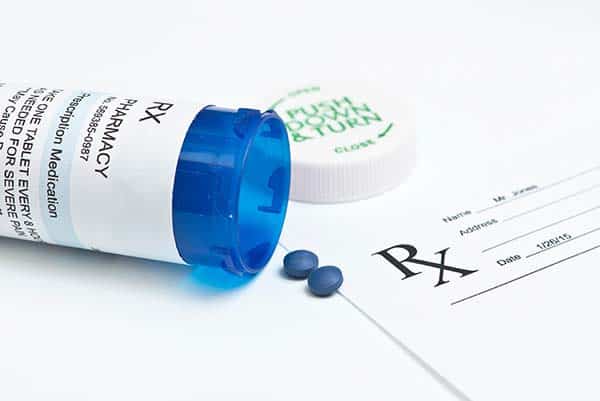What are DAW codes and why are they so important?
As the pharmacy benefit continues to rise in cost, the need to help drive utilization has become more evident. While there are multiple levers a plan can use to decrease spend, one of the easiest is pushing for high generic utilization.
Dispense as written (DAW) programs
Since dispensing a generic is almost always the more affordable option for a plan, some plans use dispense as written penalties to steer members toward lower cost generic drugs.
These programs are designed to incentivize members to select generic equivalents when available. If the member chooses to stay on the brand product when a generic is available, then the member is responsible for the difference in cost between the brand and the generic.
If the member chooses the generic, then there is no cost share impact to the member. In either case, the plan is only responsible for the net cost of the generic. These programs can generate some noise as members become accustomed to the brand option.
The program can be administered a few ways. First, DAW 2 only option is where a member/patient requests the brand, but the prescriber has said generic substitution is acceptable. In this scenario, the member pays their brand copay and the remaining amount between the cost of the generic and the brand. There is also the DAW 1, where the prescriber requests the brand. In this version, even if the prescriber requests the brand the penalty is still in place. In general, most PBMs recommend both DAW programs to fully maximize the generic opportunity.
In addition to paying the penalty, it is important to add one more layer to the program. Most PBMs recommend that the amount paid towards the penalty does not apply towards the deductible or out-of-pocket limits. This would prevent the member from hitting their deductible or out-of-pocket maximum on dollars spent outside of the plan design. For reference, see the below DAW 2 example:
- Name brand Lipitor costs $460 and the generic costs $10 after the contracted discount.
- The member pays a higher non-preferred brand drug copay of $40, plus the difference between $460 and $10, which is $450.
- The total cost to the member to receive the Lipitor prescription would be $490.
- Only the $40 from the copay applies to the out-of-pocket maximum.
Dispense as written (DAW) penalty outcomes
Generic Dispense Rate (GDR), which is the number of generics processed in comparison to the total number of claims, is often used to determine the success of a DAW Penalty program. Industry norms have shown that for every percentage point the Generic Dispense Rate increases, the plan spend will typically decrease by the same amount.
Contact your account team if you are interested in hearing more about DAW penalty programs.





